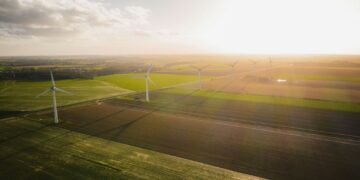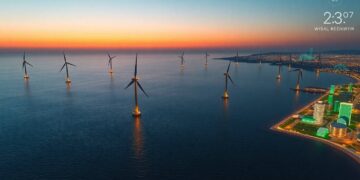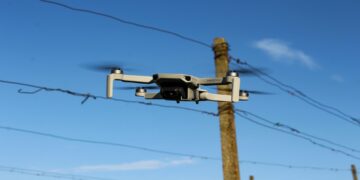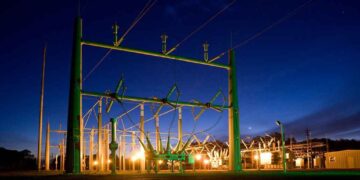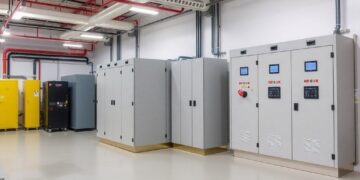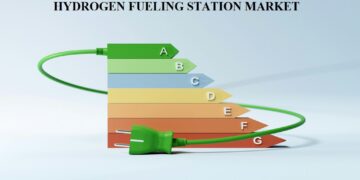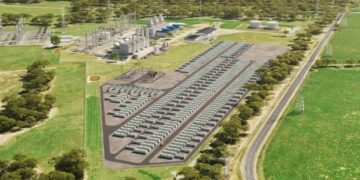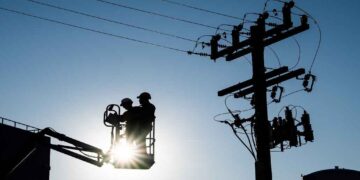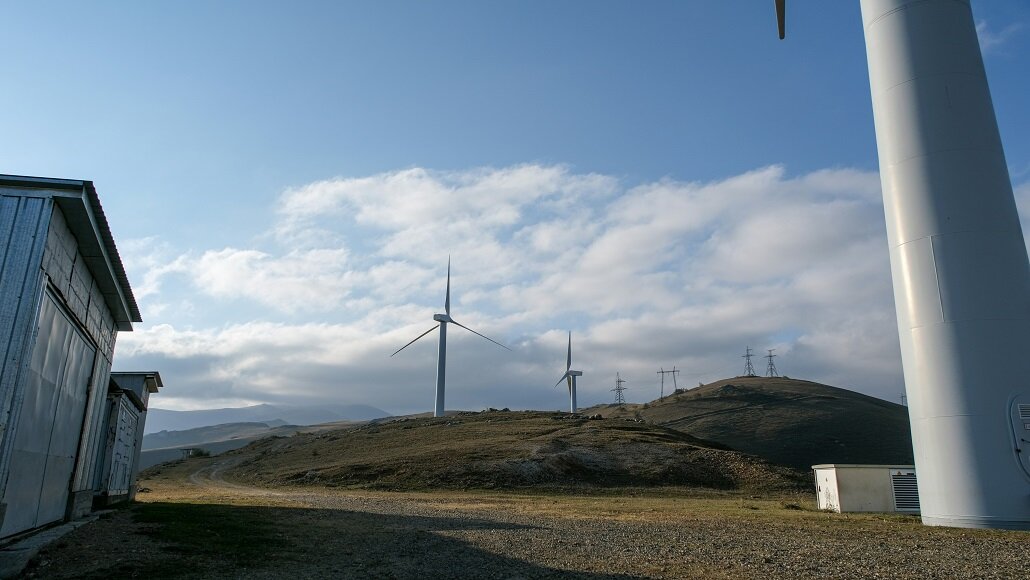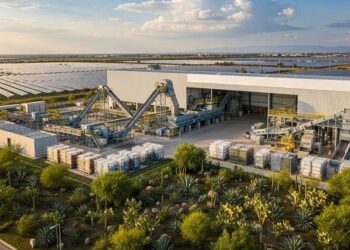The Ministry of Energy of the Romanian government has gone on to launch a call for expression of interest in order to identify concessionable offshore wind locations within the Black Sea. The technical study, which is going to lay the groundwork for future tenders, will be a part of Law 121/2024 and looks forward to contributing to the national objectives of installing 3 GW of offshore wind capacity in Romania by 2035, thereby tapping an anticipated potential of 76 GW.
It is well to be noted that Romania is taking a decisive step in order to harness its offshore wind potential within the Black Sea. The ministry of energy has gone on to issue a call for preparation of a technical study in order to delimit the maritime zones that can be offered for concession when it comes to offshore wind projects. This is going to be in line with the recently adopted law 121/2024.
It is worth noting that the government ‘s objective is very clear – to install 3 GW of offshore wind capacity in Romania by 2035. This is going to be a part of its energy strategy from 2025 to 2035, with a long-term outlook till 2050. The target happens to be the first milestone when it comes to discovering a resource, which, according to the World Bank’s expectations, might reach almost 76 GW of installed capacity.
The announcement by the ministry underscores the preparation of the study as a critical preliminary phase in order to advocate future concession mechanisms and also attract investment. It stresses that the offshore activities, right from exploitation to decommissioning, need major capital and institutional coordination. Hence, a clear technical as well as regulatory framework is needed.
It is well to be noted that national elections in Romania were held recently, which resulted in the election of Nicusor Dan as the president. While the energy sector awaits more announcements on this, experts happen to suggest that his victory could as well bring greater certainty as well as positive signals when it comes to the renewable energy market.
Strategic limitation in order to decrease risk and enhance project viability
The study looks forward to identifying as well as proposing maritime areas that have a minimum of 800 MW of individual potential and that are suitable for the construction as well as operation of offshore wind farms.
The official document happens to outline a broader set of technical along with strategic analysis, which includes-
- Assessment of Wind resources by way of using metrological and climate data, along with modelling so as to pinpoint the areas having highest production potential.
- Geotechnical along with bathymetric studies in order to assess the feasibility of fixed as well as floating foundations.
- Biodiversity and environmental analysis, so as to identify the zones that are safeguarded, ecosystems that are sensitive, and also certain other associated restrictions.
- Identification when it comes to the existing maritime uses like fishing zones, shipping lanes, national security areas, hydrocarbons, and also other restricted regions in order to avoid any overlapping of interests.
- Visibility of grid connection and mapping the evacuation points along with assessing the capacity when it comes to the national energy system in order to absorb the new generation.
The ministry also stresses the fact that the study must go ahead and follow very transparent methodology that is based on the present data and syncs with international standards like IEC guidelines along with the Global Wind Atlas. Moreover, it has to include consultation along with technical, environmental, and social stakeholders and hence validate the proposed findings.
A renewed regulatory framework along with an ambitious target
Due to the adoption of Law 121/2024, Romania, for the first time ever, has a dedicated legal framework, especially for offshore wind development. The legislation also fulfills milestone 116 of the national recovery and resilience plan (NRRP), which goes on to tie energy transition objectives in order to evaluate European funding. The ministry of energy acts as a concession-granting authority by leading the inter-institutional coordination with bodies like MMAP, ANRE, and ACROPO.
As per the announcement, the study is going to provide both a technical and strategic foundation for the Romanian government in order to decide what are the areas that will be tendered in the days to come. It will also give clarity on the fact that participation within this phase does not limit the eligibility when it comes to future tenders.
Comparison with Europe, a favorable context
The regional context is pretty promising. As per the sector data, Europe is anticipated to touch 4.5 GW of offshore wind capacity by 2025, with very mature markets like the Netherlands, Germany, and the UK leading the development. In this spectrum, the Black Sea is also emerging as the next strategic frontier, as far as offshore growth is concerned, specifically for countries such as Turkey, Bulgaria, and Romania.
Romania is looking forward to positioning itself as a major player in this new phase by way of combining both natural resources, which are really abundant, along with regulatory momentum as well as access to European financing. Its government also encourages the formation of consortia between domestic and international firms in order to make sure that both knowledge transfer and adaptation take place.
What are the next steps?
Expressions of interest in order to conduct a study have to be submitted to the ministry by June 10 this year. Once the proposals are assessed, the ministry is going to define the selection mechanism in order to award the service. The study phase, which is supposed to be exploratory and non-binding, thereby lays the foundation for competitive tenders in the future. As per the Ministry of Energy in Romania, by way of this joint effort, they aim to take certain steps, which are really decisive towards harnessing the new energy potential of the Black Sea.










